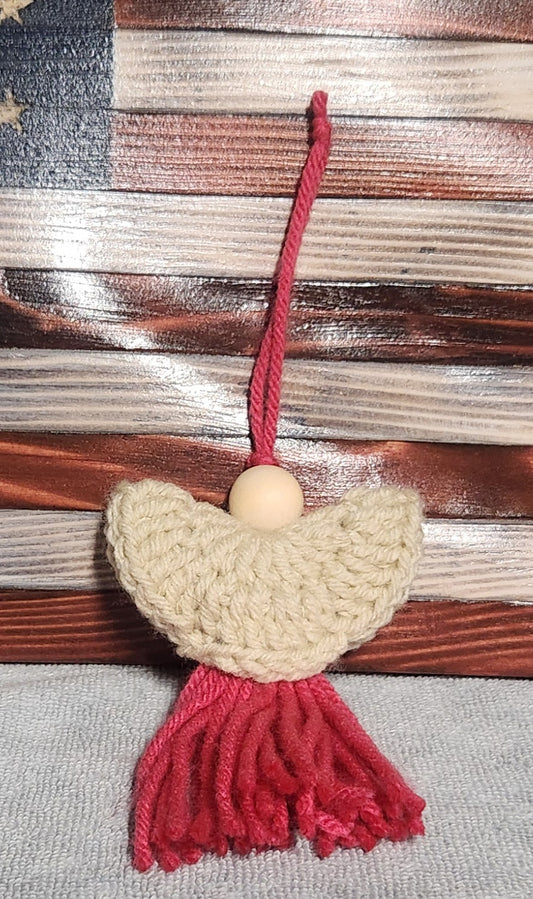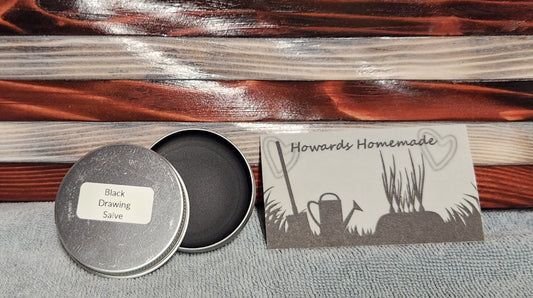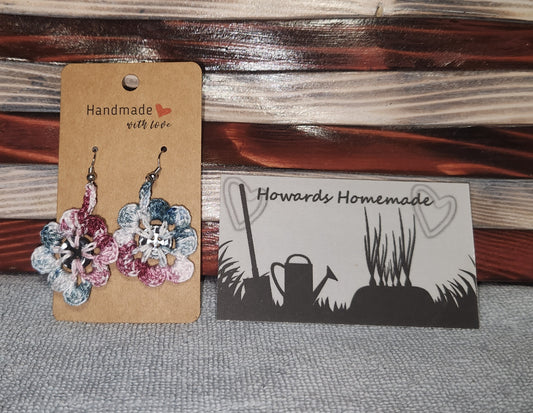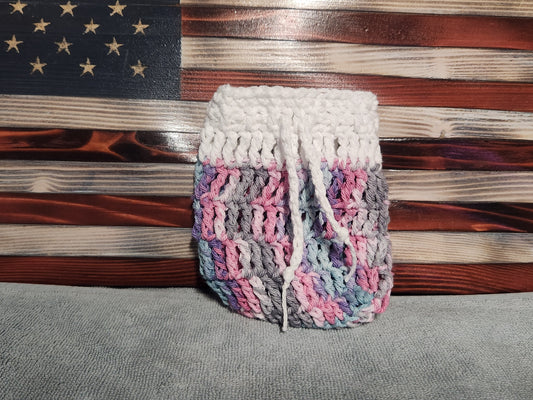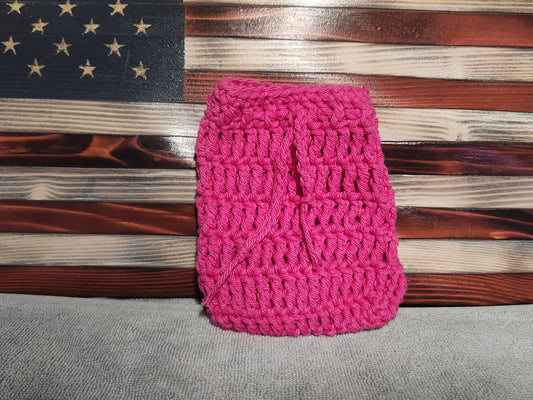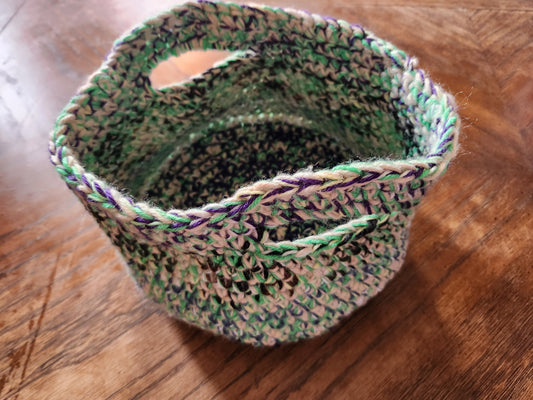
Featured products
-
Acne Bar Soap
Regular price $7.00 USDRegular priceUnit price / per -
Angel Christmas Ornaments
Regular price $5.00 USDRegular priceUnit price / per -
Black Drawing Salve
Regular price $15.00 USDRegular priceUnit price / per -
Button Earrings
Regular price $10.00 USDRegular priceUnit price / per -
Comfrey Salve
Regular price $15.00 USDRegular priceUnit price / per -
Cotton Soap Saver
Regular price $5.00 USDRegular priceUnit price / per -
Crochet Basket Green and Purple
Regular price $17.00 USDRegular priceUnit price / per -

 Sold out
Sold outCrochet Basket Greens
Regular price $25.00 USDRegular priceUnit price / per

